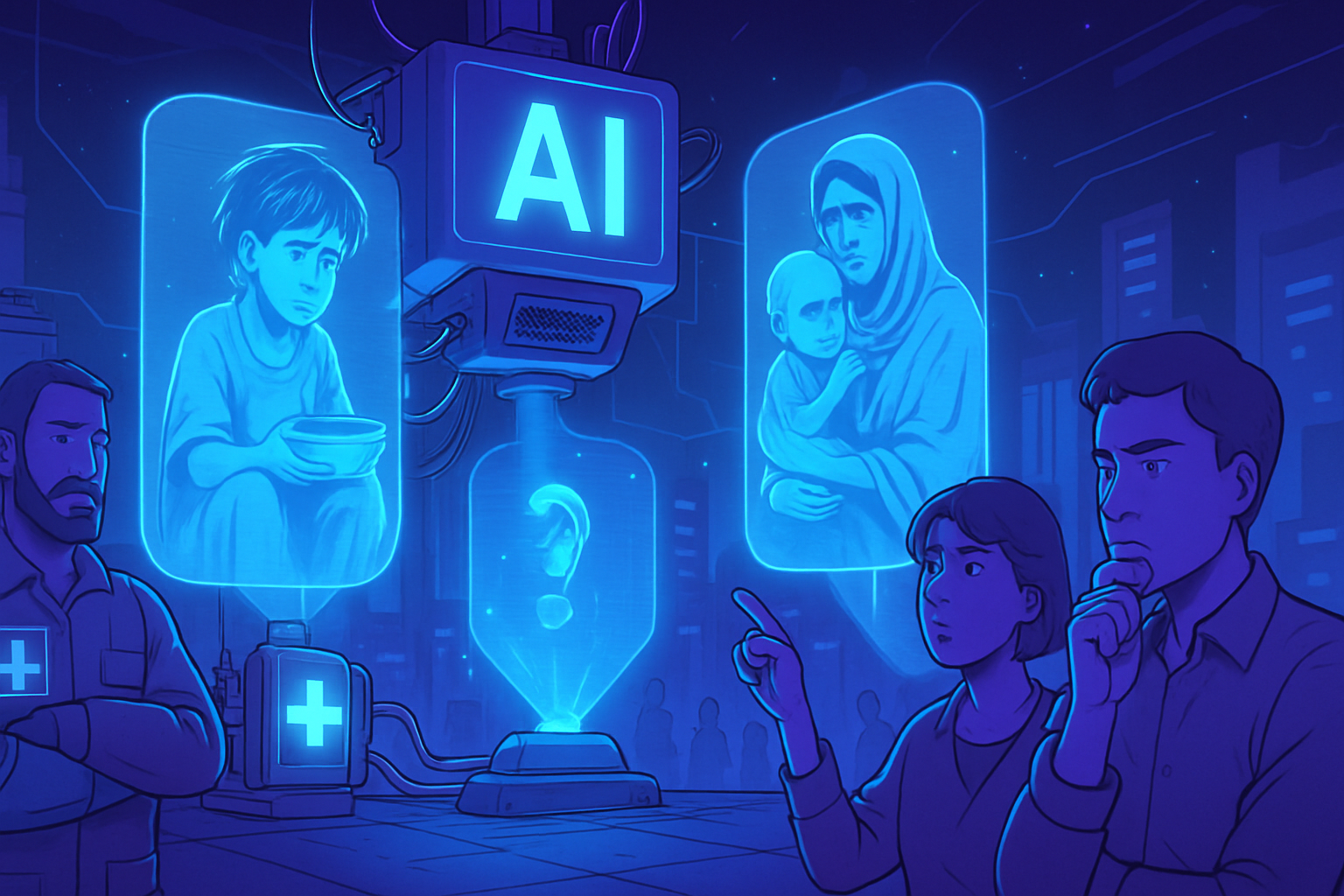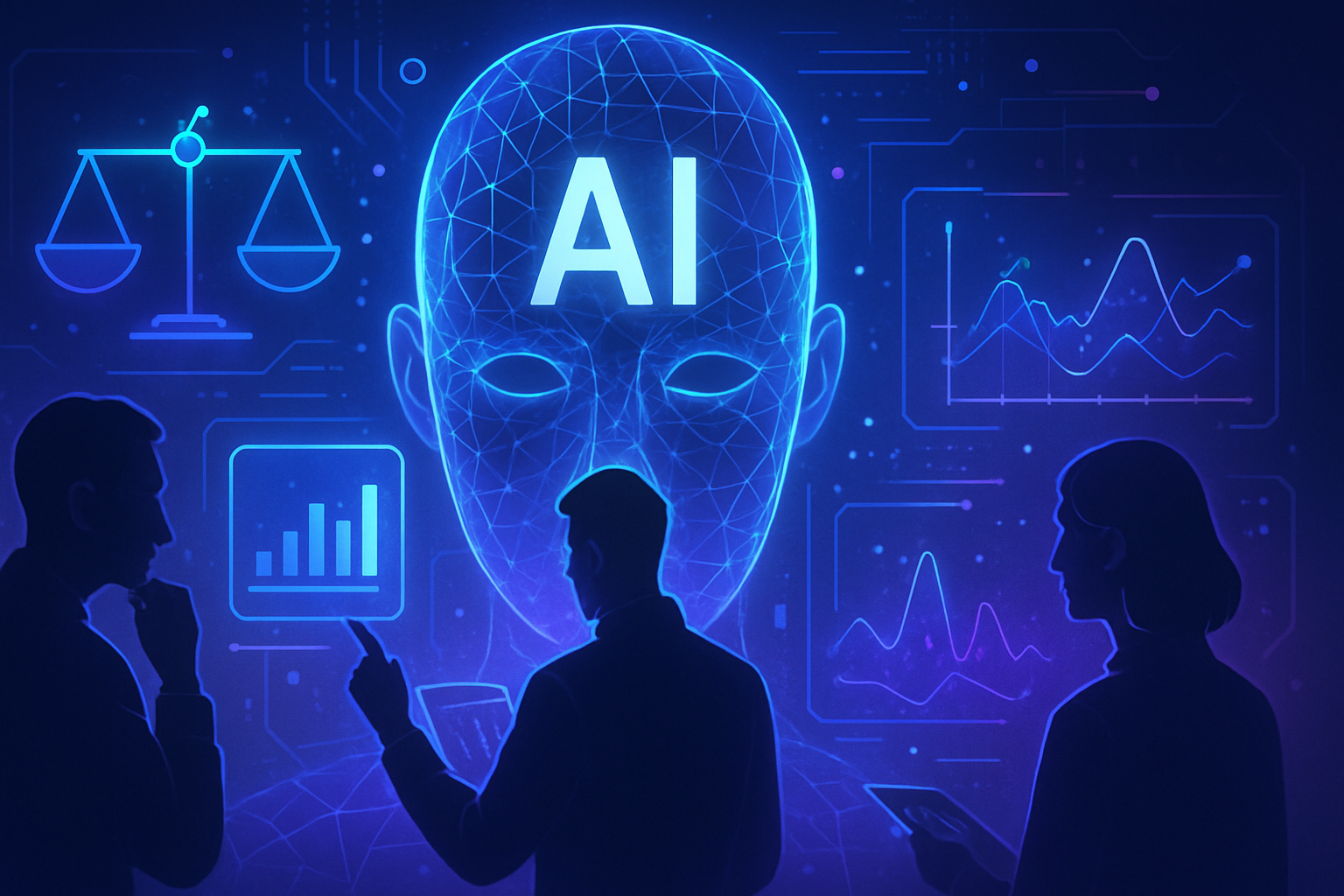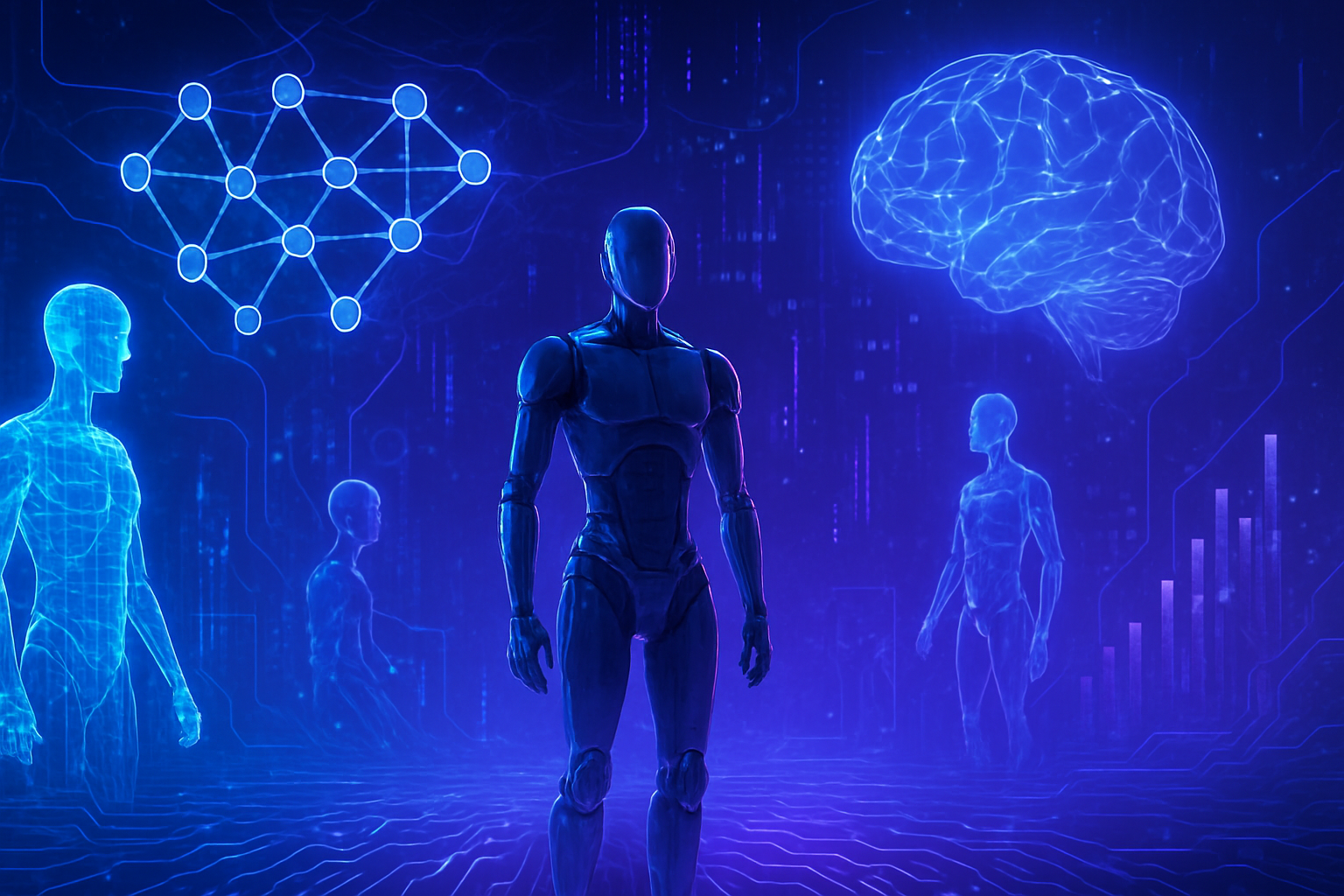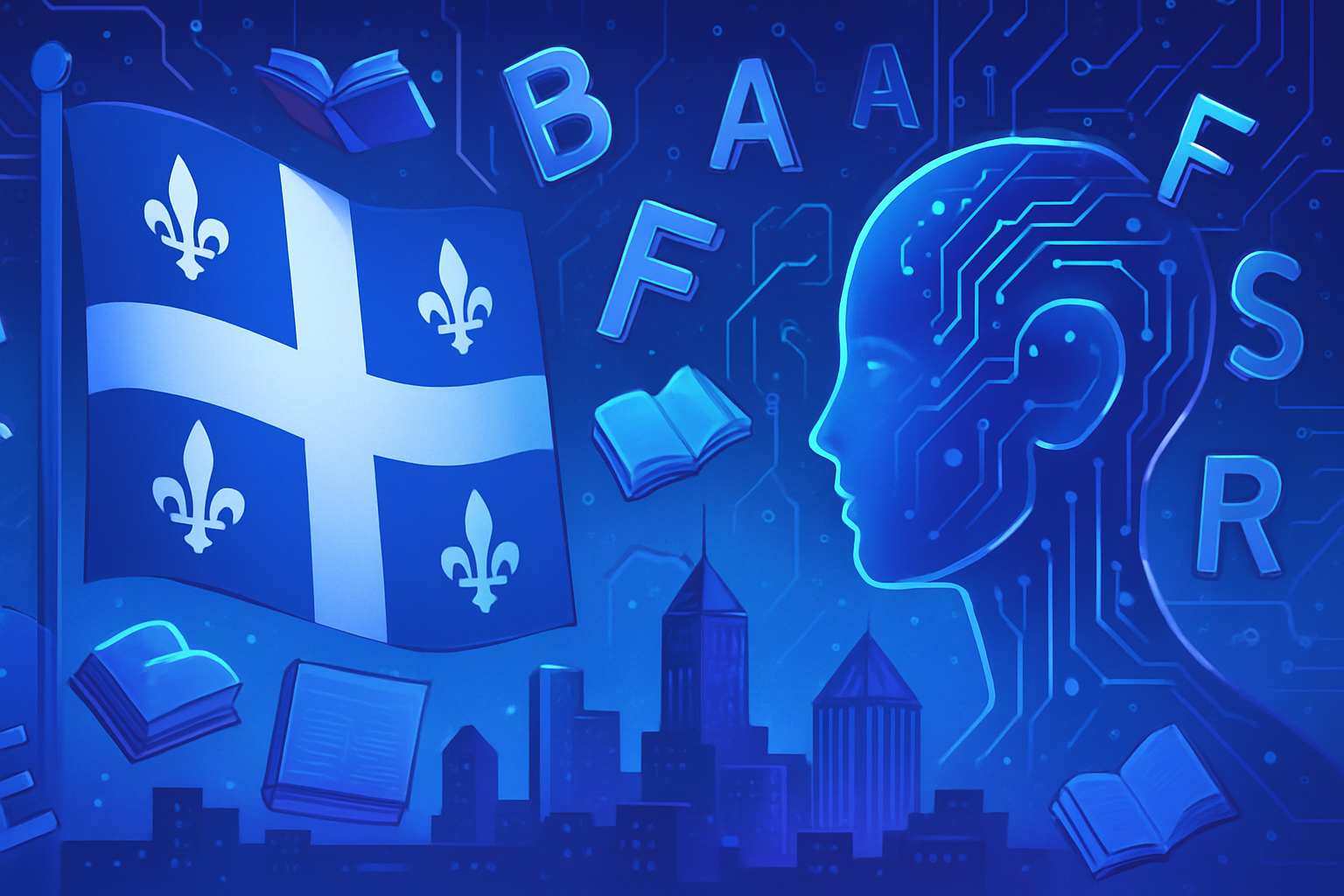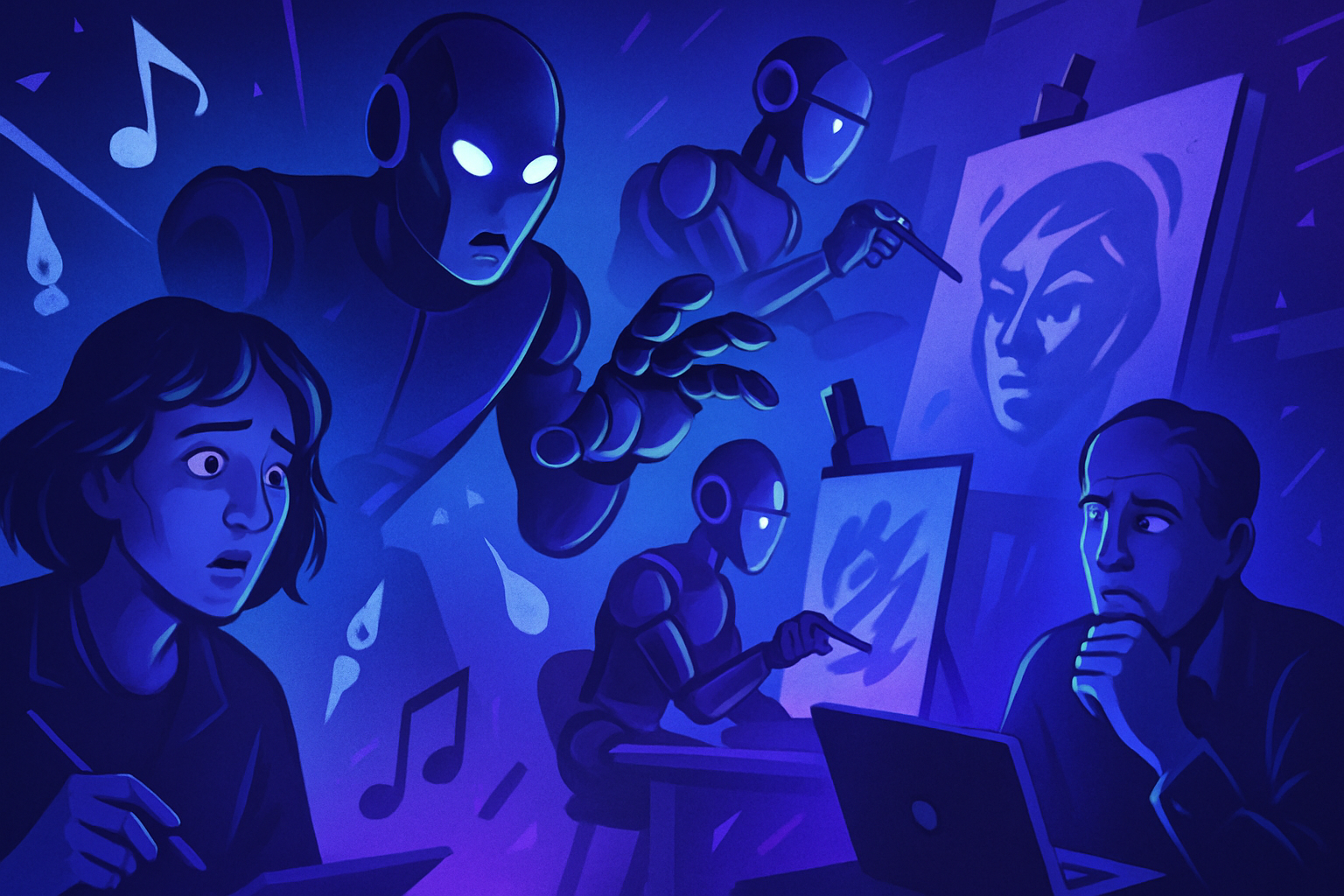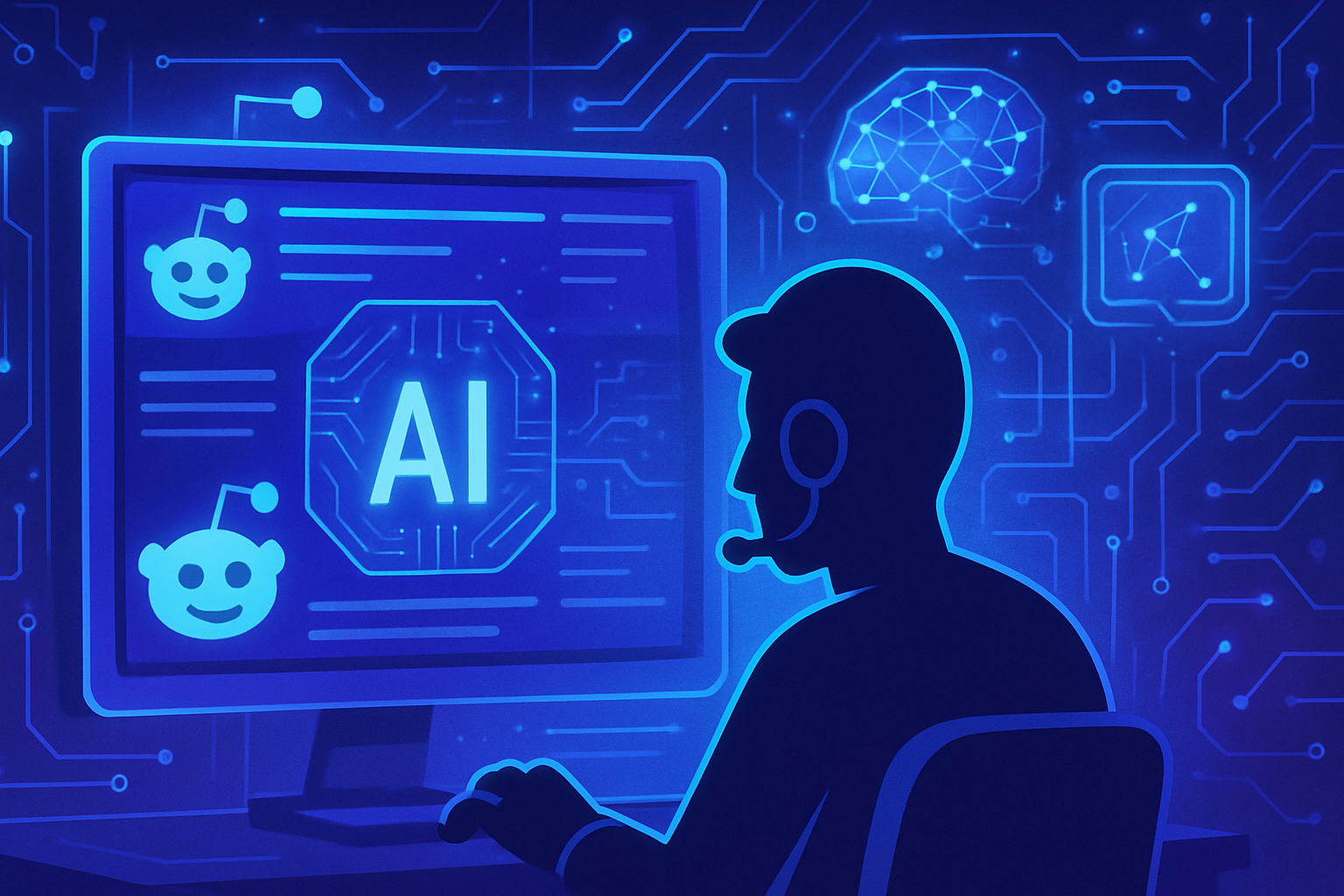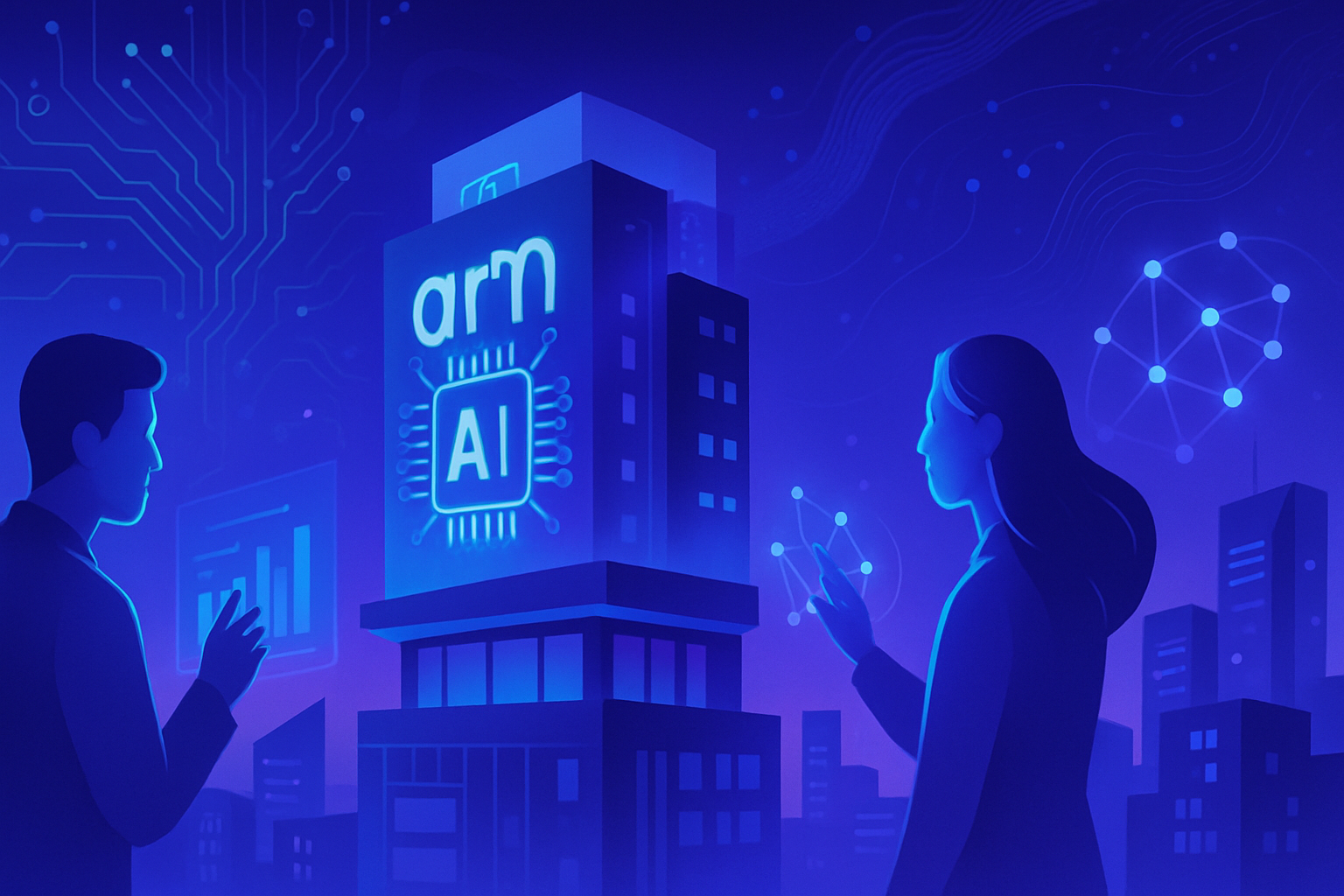Humanitarian organizations face a major ethical dilemma. The manipulation of the image of poverty by artificial intelligence raises increasing concerns. Like double-edged swords, these images enhance the visibility of human suffering while provoking accusations of pity and exploitation. Critics highlight a stereotypical and distorted representation of beneficiaries, thus amplifying debates about the morality of contemporary practices. The humanity of the subject clashes with algorithmic coldness, engaging in a profound reflection on the ethics of visuals in a technology-shaped world.
The criticisms surrounding the use of AI in images of poverty
Humanitarian organizations are facing a growing wave of criticism for the use of images generated by artificial intelligence (AI) in their campaigns. These images, intended to illustrate poverty and the needs of affected populations, raise ethical questions regarding their authenticity. Critics suggest that this practice distorts reality and can mislead potential donors.
A new scourge for humanitarian agencies
The issue of deceptive images highlights a troubling phenomenon. Some humanitarian agencies resort to digital creations to illustrate distress situations, leading to accusations of manipulating donors’ emotions. This distorted perception could potentially harm the credibility of these organizations, which rely on public trust for funding.
The consequences on humanitarian missions
The use of AI in visualizing poverty has direct repercussions on missions carried out on the ground. Organizations risk losing financial support from donors, who may feel deceived by biased representations of geopolitical realities. Furthermore, poor communication regarding global issues can lead them to a deadlock in their current operations.
The need for a rapid and determined response
In the face of this challenge, the necessity of responding swiftly and resolutely proves crucial. Organizations must establish strict protocols to ensure that the images used are authentic and representative of reality. Climate issues and armed conflicts further complicate this situation, making transparency even more essential to maintain donor trust. See here for analyses on the impacts of AI in a humanitarian context.
The impact of AI-generated images on public perception
AI-generated images can be appealing, but their effect on public perception remains concerning. The ease with which these images can be manipulated risks creating a desensitization towards real human suffering. Clarity and authenticity must take precedence to maintain a genuine connection between humanitarian organizations and the public. More information on the implications of this phenomenon is available here.
The danger of a distorted image: a shocking example
Recently, a fanciful video depicting Gaza in an idyllic light sparked outrage, highlighting the dangers that generated images can pose. Such a representation risks trivializing the dramatic situations experienced by the inhabitants, bringing back into public debate the question of the ethics of visual representations. Further analyses can be found in articles like this one.
The stakes for the protection of vulnerable individuals
As humanitarian organizations continue to fight for the protection of vulnerable individuals, the use of AI images also raises questions about their impact on the populations represented. An overly optimistic image can lead to misguided political decisions and inappropriate interventions. The brutal truths of conflicts, such as those observed in the Israeli-Palestinian conflict in Gaza, demand a faithful representation to evoke genuine empathy and real intervention. More information on this tragic reality is available here.
Conclusion on the importance of authenticity
The criticisms regarding AI-generated images highlight the importance of a transparent communication strategy. Humanitarian organizations must commit to presenting truthful information to ensure donor trust and accuracy in representing humanitarian crises. Ensuring a faithful representation could also strengthen international mobilization in the face of humanitarian challenges.
FAQ on Humanitarian Organizations and AI-Generated Pictures of Poverty
What are the main criticisms addressed to humanitarian organizations regarding the use of AI-generated images?
Critics often focus on the lack of authenticity, the risk of stigmatizing beneficiaries, and the tendency to exacerbate poverty for awareness purposes, which can distort reality.
How can humanitarian organizations avoid dehumanization in their representations of beneficiaries?
By involving local communities in content creation, ensuring that images reflect the dignity of individuals, and avoiding stereotypes associated with poverty.
Are there specific regulations or guidelines regarding the use of AI images in the humanitarian sector?
Currently, there is no universal legislation, but many organizations rely on ethical guidelines and collaborate with human rights advocacy groups to establish responsible practices.
Can AI-generated images actually have a positive impact on public perception of humanitarian actions?
Yes, if used appropriately, AI-generated images can humanize causes and make the life stories of beneficiaries more accessible and engaging to the public.
What are the ethical implications of using AI-generated images of poverty in fundraising campaigns?
The ethical implications include the responsibility to represent beneficiaries respectfully, to avoid emotional manipulation, and to ensure that raised funds are used appropriately.
How can humanitarian organizations balance the use of AI and the authentic storytelling of beneficiaries?
By adopting a people-centered approach, integrating lived narratives and authentic testimonies, and using AI as a complementary tool rather than a substitute for the beneficiaries’ voices.
What types of images should organizations avoid to not minimize the experiences of vulnerable populations?
Images showing excessive suffering or negative stereotypes, as well as those that exploit poverty for sensationalism, should be avoided in order not to reduce individuals to their conditions.
Should humanitarian organizations commit to total transparency regarding the use of AI-generated images?
Yes, transparency is crucial to establish trust with the public and the beneficiaries, and it is important to clearly communicate about the use of these technologies and editorial choices.
